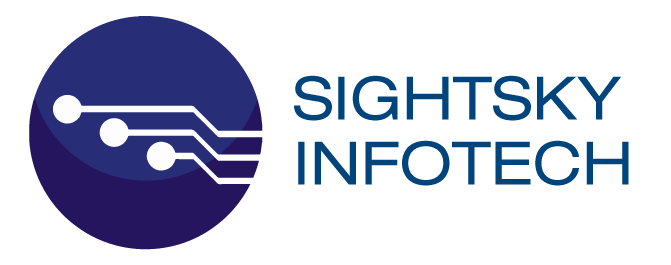On-Premises Git Repos to Azure DevOps Migration
Background:
Company XYZ is a medium-sized software development company that has been using on-premises Git repositories for version control and collaboration. As the company expands and adopts cloud technologies, they have decided to migrate their code repositories to Azure DevOps for better scalability, collaboration, and enhanced DevOps practices.
Challenges:
- Scalability and Performance: The company’s on-premises infrastructure is becoming insufficient to handle the growing codebase and development team. Scalability and performance issues are affecting productivity.
- Collaboration and Visibility: With team members working remotely and across different locations, collaboration and visibility into code changes have become challenging. There’s a need for a centralized platform to improve collaboration.
- DevOps Integration: The company aims to implement a robust DevOps pipeline, which involves continuous integration, continuous delivery (CI/CD), automated testing, and deployment. They want to leverage Azure DevOps’s integrated toolset for these purposes.
Solution:
1. Planning:
- Assessment: The company starts by assessing their existing code repositories, branches, and dependencies. They identify the repositories that need to be migrated and prioritize them based on criticality.
- Migration Strategy: The team decides to follow a gradual migration approach. They plan to migrate repositories one at a time to minimize disruptions and ensure a smooth transition.
2. Setting Up Azure DevOps:
- Azure DevOps Organization: The company creates a new Azure DevOps organization to host their repositories, projects, pipelines, and other development assets.
- Repositories and Permissions: They set up repositories in Azure DevOps and configure permissions to ensure that the right teams have access to the appropriate repositories.
3. Data Migration:
- Code Migration: The team uses tools like Azure DevOps Migration Tools and Azure DevOps API to migrate the code from on-premises Git repositories to Azure DevOps. They maintain commit history, branches, and tags during the migration.
- Git LFS Migration: For repositories using Git LFS (Large File Storage), they ensure that the large files are correctly migrated using tools designed for Git LFS migration.
4. Collaboration and Visibility:
- Pull Requests and Code Reviews: Azure DevOps’s pull request and code review features are utilized to enhance collaboration among developers. The team can now easily review and comment on each other’s code changes before merging.
- Code Insights: Azure DevOps provides code insights and analytics that help the team identify bottlenecks, review trends, and monitor the health of their codebase.
5. DevOps Integration:
- CI/CD Pipelines: The team configures CI/CD pipelines using Azure Pipelines. This automation ensures that code changes are automatically built, tested, and deployed to different environments, improving the software delivery process.
- Automated Testing: Azure DevOps supports integration with various testing frameworks, enabling the team to automate testing processes, including unit tests, integration tests, and end-to-end tests.
- Deployment: With Azure DevOps, the team can deploy applications to different environments, such as development, staging, and production, using automated deployment pipelines.
6. Training and Adoption:
- Training Sessions: The development team receives training on using Azure DevOps for version control, collaboration, and DevOps practices. This ensures that everyone is familiar with the new tools and workflows.
Results:
- Enhanced Scalability: Azure DevOps’s cloud-based infrastructure allows the company to handle increased codebase sizes and accommodate a growing number of developers without performance bottlenecks.
- Improved Collaboration: Teams are now able to collaborate more effectively, review code changes, and track progress using Azure DevOps’s collaboration features.
- Streamlined DevOps Practices: The company successfully implements CI/CD pipelines, automated testing, and deployment using Azure DevOps, resulting in faster and more reliable software delivery.
- Centralized Platform: Azure DevOps becomes the centralized platform for version control, collaboration, and DevOps practices, simplifying the development lifecycle.
Conclusion:
Migrating on-premises Git repositories to Azure DevOps can significantly benefit organizations by enhancing scalability, collaboration, and DevOps practices. A well-planned migration strategy, combined with the use of Azure DevOps’s integrated tools, enables teams to streamline development processes and deliver high-quality software more efficiently. Company XYZ’s successful migration serves as an example of how embracing cloud-based solutions can drive positive transformation in software development workflows.

